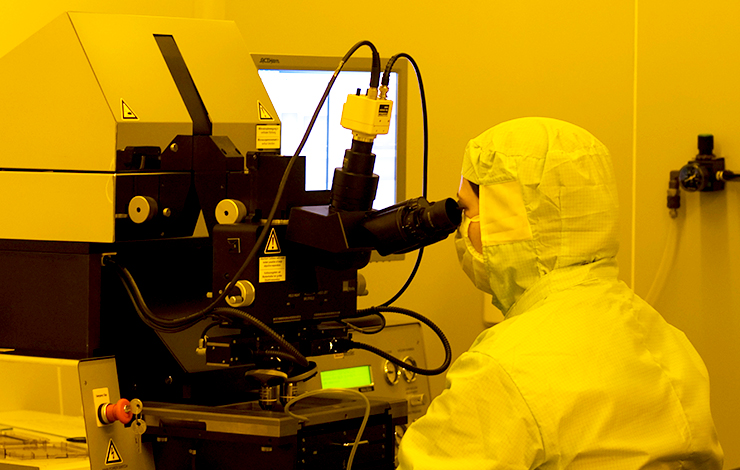
Enhanced osteogenesis on biofunctionalized poly(ϵ-caprolactone)/poly(m-anthranilic acid) nanofibers
| Title | Enhanced osteogenesis on biofunctionalized poly(ϵ-caprolactone)/poly(m-anthranilic acid) nanofibers |
| Publication Type | Journal Article |
| Year of Publication | 2016 |
| Authors | Guler Z, Silva JC, Sarac AS |
| Journal | Journal of Biomaterials Applications |
| Volume | 31 |
| Pagination | 743-754 |
| ISSN | 08853282 |
| Keywords | Biofunctionalization, Bone, Bone morphogenetic protein-2, Electrospun nanofibers, In-vitro, Nanofibers, Phosphatases, Poly (m -antranilic acid), Proteins, Scaffolds (biology), Tissue engineering |
| Abstract | Biofunctionalized nanofibers with a desired biological function can be used as a tissue engineering scaffold due to their small fiber diameters and porous structure. In the present study, poly(ϵ-caprolactone)/poly(m-anthranilic acid) nanofibers were biofunctionalized with covalent immobilization of bone morphogenetic protein-2 (BMP-2) through 1-ethyl-3-(dimethyl-aminopropyl) carbodiimide hydrochloride/N-hydroxysuccinimide activation. Fourier transform infrared analysis of the nanofiber surfaces confirmed the successful immobilization. The amount of immobilized BMP-2 was determined with bicinchoninic acid protein assay. The nanofibers before and after BMP-2 immobilization were non-cytotoxic and enhanced the attachment and proliferation of Saos-2 cells. Biofunctionalization of nanofibers with BMP-2 promoted in vitro osteogenic activity. The alkaline phosphatase activity and calcium mineralizatio of cells after 14 days of in vitro culture were enhanced on nanofibers with immobilized BMP-2. © SAGE Publications. |
| URL | https://www.scopus.com/inward/record.uri?eid=2-s2.0-84994102233&doi=10.1177%2f0885328216660379&partnerID=40&md5=20f6a93639532ab51063cda593c17504 |
| DOI | 10.1177/0885328216660379 |








